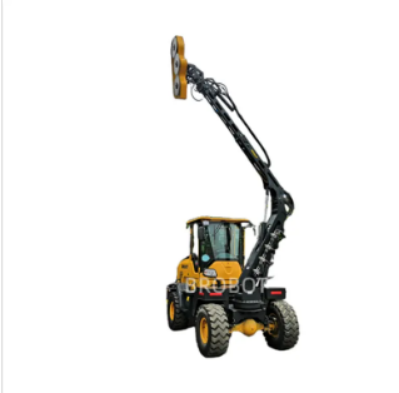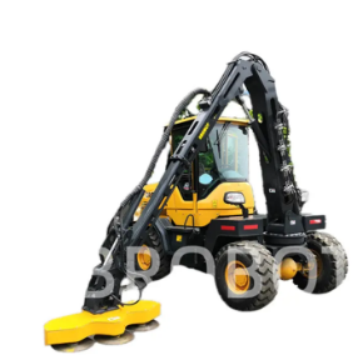In the world of horticulture, the gardening saw plays a pivotal role in maintaining the health and aesthetics of plants. This essential tool is designed for cutting branches, trimming hedges, and managing overgrown shrubs, making it indispensable for both amateur gardeners and professional landscapers. As the horticulture industry evolves, the integration of intelligent systems and advanced machinery is transforming traditional gardening practices, addressing challenges such as labor shortages and the aging workforce.
The gardening saw, particularly the branch saw, is a mechanical marvel that excels in high-efficiency cleaning of roadside shrubs and branches. Its design allows for precise cuts, ensuring that plants remain healthy while also enhancing the visual appeal of public spaces. Whether it’s for maintaining the greenery along highways, railways, or urban parks, the branch saw is engineered to handle tough jobs with ease. This tool not only saves time but also reduces the physical strain on workers, making it a vital asset in the horticulture industry.
As the demand for efficient gardening solutions grows, the industry is increasingly focusing on training and research and development of new technologies. One of the most exciting advancements is the intelligent system that "watches the sky" for optimal watering conditions. This system utilizes sensors to monitor weather patterns, ensuring that plants receive the right amount of water at the right time. By automating this process, gardeners can conserve water and promote healthier plant growth, all while minimizing the need for manual labor.
In tandem with intelligent watering systems, the introduction of intelligent cranes is revolutionizing the way we manage wood and branches after sawing. These cranes are designed to "take action" and catch the wood immediately after it has been cut, eliminating the need for manpower in the cleanup process. This innovation not only enhances efficiency but also significantly reduces the risk of injury associated with manual handling of heavy branches. As a result, the horticulture industry can operate more smoothly, even in the face of labor shortages.
The integration of these intelligent systems and machinery addresses a pressing issue in the horticulture sector: the dilemma of manpower shortage and an aging workforce. As experienced workers retire, there is a growing need for solutions that can fill the gap left by their departure. By investing in technology that automates labor-intensive tasks, companies can maintain productivity levels while also ensuring that the quality of work remains high. This shift not only benefits businesses but also creates a safer working environment for employees.
In conclusion, the purpose of a gardening saw extends far beyond its traditional role in cutting and trimming. With the advent of intelligent systems and advanced machinery, the horticulture industry is undergoing a significant transformation. The branch saw, along with intelligent watering systems and cranes, is paving the way for a more efficient and sustainable approach to gardening. As the industry continues to innovate, it is clear that the future of horticulture will rely heavily on technology, ultimately enhancing the way we care for our green spaces. By embracing these advancements, we can ensure that our gardens, parks, and public spaces remain vibrant and healthy for generations to come.


Post time: Oct-08-2024
